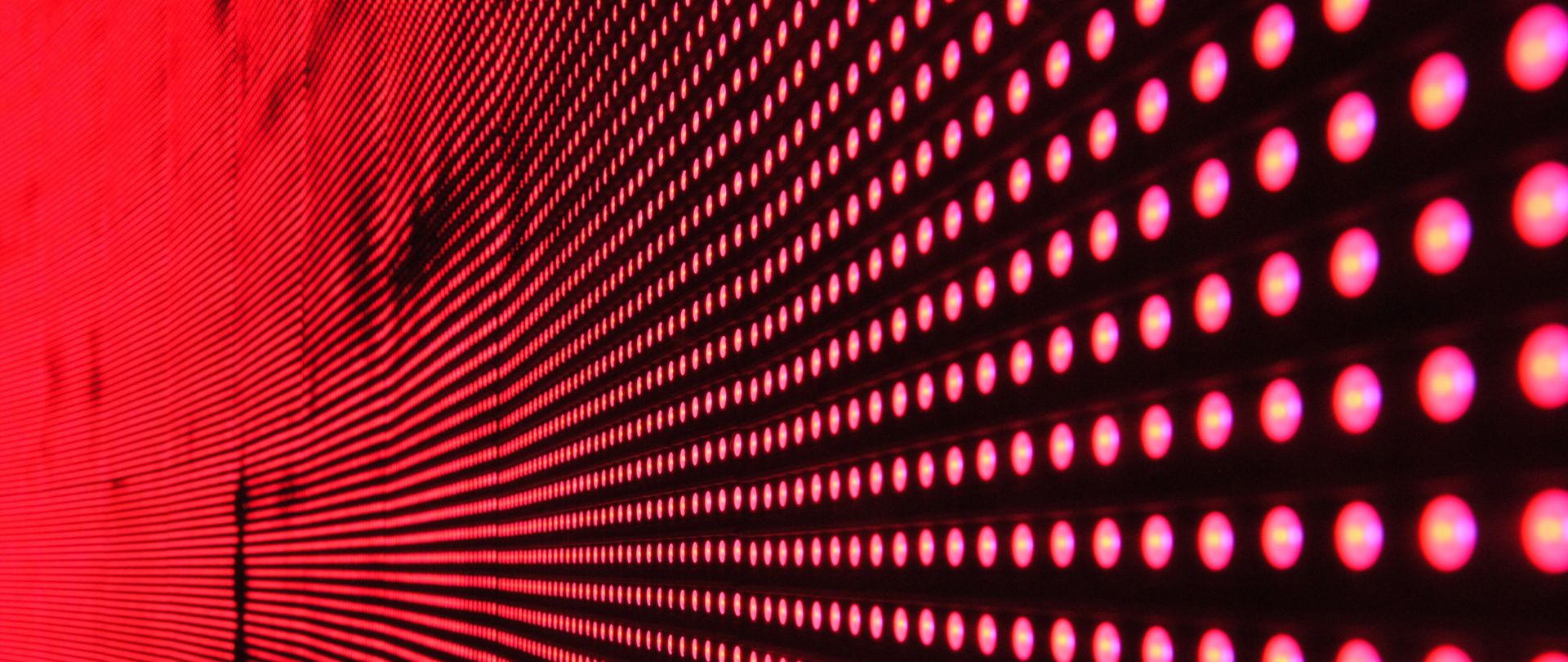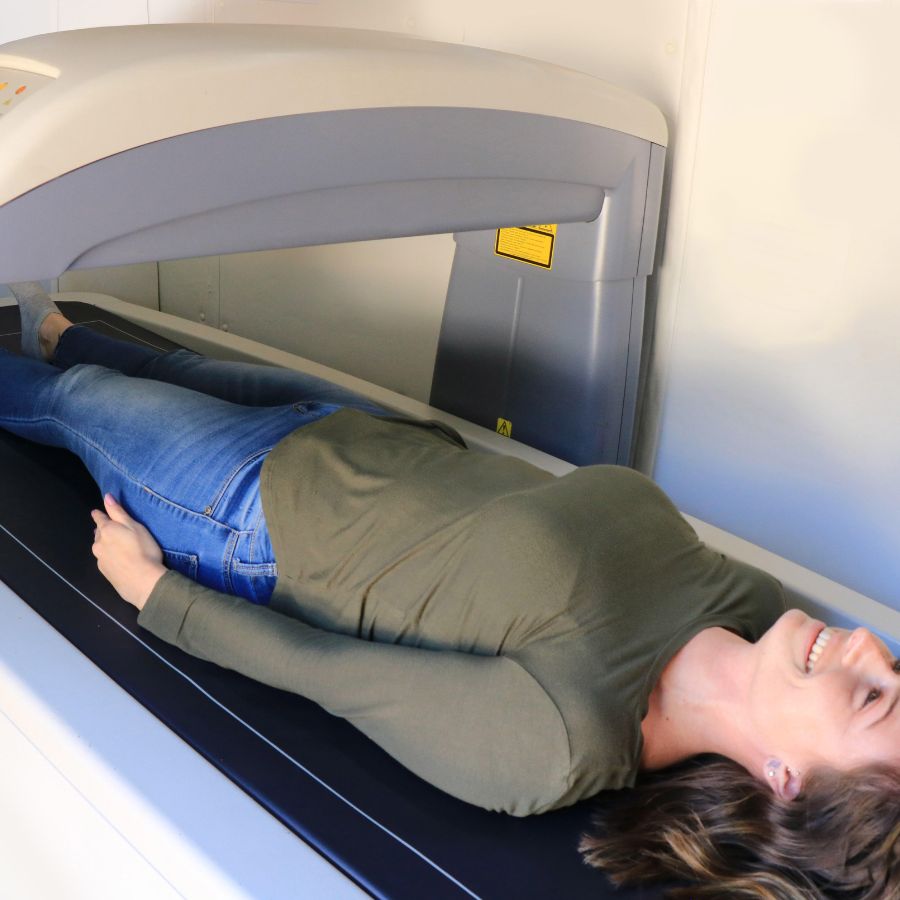At-Home Red Light Therapy: Benefits and How to Use It


At-Home Red Light Therapy: Benefits and How to Use It
In recent years, at-home red light therapy has gained popularity as a non-invasive treatment for various health concerns. This article aims to uncover the benefits of red light therapy and provide insights into how it can be effectively used in the comfort of your own home. Before diving into the details, let's first understand what red light therapy is and the science behind it.
Understanding Red Light Therapy
Red light therapy, also known as low-level laser therapy (LLLT), is a non-invasive treatment that utilizes specific wavelengths of red and near-infrared light to stimulate cellular activity in the body. These wavelengths, typically ranging from 630 to 880 nm, penetrate the skin and are absorbed by the mitochondria, the powerhouses of our cells. The absorbed light energy helps enhance cellular metabolism and triggers various biochemical reactions, leading to a range of potential therapeutic benefits.
One of the key mechanisms behind red light therapy is its ability to increase the production of adenosine triphosphate (ATP), which is the primary source of energy for cellular processes. By providing cells with an extra boost of energy, red light therapy can help improve their overall function and promote healing.
Furthermore, red light therapy has been shown to stimulate the production of collagen, a protein that plays a crucial role in maintaining the elasticity and strength of our skin. This can be particularly beneficial for individuals looking to reduce the appearance of wrinkles, fine lines, and other signs of aging.
The Science Behind Red Light Therapy
The science behind red light therapy is rooted in the principles of photobiomodulation. When red and near-infrared light is absorbed by the mitochondria, it activates a series of cellular responses that can have a profound impact on our health and well-being.
One of the key effects of red light therapy is its ability to reduce oxidative stress. Oxidative stress occurs when there is an imbalance between the production of free radicals and the body's ability to neutralize them. This can lead to cellular damage and contribute to the development of various diseases. By stimulating cellular activity and enhancing antioxidant defenses, red light therapy can help combat oxidative stress and promote overall health.
In addition to its antioxidant effects, red light therapy has also been shown to have anti-inflammatory properties. Chronic inflammation is a common underlying factor in many health conditions, including arthritis, autoimmune diseases, and chronic pain. By reducing inflammation, red light therapy can help alleviate symptoms and improve quality of life.
Different Types of Red Light Therapy
There are several types of red light therapy devices available for at-home use. Light-emitting diode (LED) devices are commonly used and are considered safe and effective. These devices emit a specific wavelength of light that is well-absorbed by the skin and can penetrate deep into the tissues.
Another type of red light therapy device is a laser device, which emits a more focused and intense light. Laser therapy is often used in clinical settings and can be particularly effective for targeting specific areas of the body, such as joints or muscles, where localized treatment is needed.
Both LED and laser devices can be used to target different areas of the body, depending on the desired benefits and the specific concern being addressed. Whether you're looking to improve skin health, reduce pain and inflammation, or enhance athletic performance, red light therapy offers a versatile and non-invasive solution.
The Benefits of Red Light Therapy
Skin Health and Anti-Aging
Red light therapy has shown promising results in improving skin health and reducing visible signs of aging. It stimulates the production of collagen, a protein that helps maintain the skin's elasticity and firmness. By increasing collagen synthesis, red light therapy can help reduce the appearance of wrinkles and fine lines, promote wound healing, and improve overall skin texture.
Pain Relief and Muscle Recovery
One of the most well-known benefits of red light therapy is its potential for pain relief and muscle recovery. By increasing circulation and reducing inflammation, red light therapy can alleviate muscle soreness and stiffness. It has been used to treat conditions such as arthritis, back pain, and sports injuries. Additionally, red light therapy may help enhance athletic performance and speed up recovery time.
Mental Health Improvements
Beyond physical benefits, red light therapy has also shown promise in improving mental health. It can help regulate the body's natural circadian rhythm, leading to improved sleep quality and mood stabilization. Some studies suggest that red light therapy may aid in the treatment of conditions like depression and anxiety. However, more research is needed to fully understand its potential in this area.
How to Use Red Light Therapy at Home
Choosing the Right Red Light Therapy Device
When selecting a red light therapy device for home use, it's essential to consider factors such as the device's power output, wavelength range, and safety features. Look for a device that is FDA-cleared, as this ensures its safety and efficacy. It's also important to choose a device that suits your specific needs, whether you're targeting a particular area of the body or addressing a specific concern.
Determining the Correct Duration and Frequency
To achieve optimal results with red light therapy, it's crucial to determine the correct duration and frequency of treatments. The recommended treatment time can vary depending on the specific device being used and the desired benefits. Start with shorter sessions, typically around 5-10 minutes, and gradually increase the duration as tolerated by your skin. For best results, consistency is key, so establish a regular treatment schedule.
Safety Measures and Precautions
While red light therapy is generally considered safe, it's important to take certain precautions. Avoid looking directly into the light source and protect your eyes with appropriate eyewear. Keep the device at a safe distance from your skin to prevent overheating or burns. If you have any pre-existing skin conditions or are taking photosensitizing medications, consult with a healthcare professional before starting red light therapy.
Potential Side Effects and Risks
Understanding the Possible Risks
When used correctly, red light therapy is considered safe with few side effects. However, some individuals may experience minor and temporary effects, such as mild skin irritation or redness. It's important to follow the manufacturer's instructions and start with shorter sessions to minimize the risk of adverse reactions. If you experience any prolonged or severe side effects, discontinue use and consult a healthcare professional.
How to Minimize Side Effects
To minimize the risk of side effects, it's essential to use red light therapy as directed. Follow recommended treatment times and avoid excessive exposure to the light. If you have sensitive or compromised skin, consider applying a moisturizer or conducting a patch test before starting regular treatments. Taking these precautions can help ensure a positive and safe experience with red light therapy.
The Future of Red Light Therapy
Ongoing Research and Development
As the popularity of red light therapy grows, so does research into its potential applications. Ongoing studies aim to uncover its benefits in areas such as hair regrowth, wound healing, and cognitive function. Additionally, advancements in technology continue to improve the efficiency and effectiveness of red light therapy devices, making it an exciting field for further exploration.
The Growing Popularity of At-Home Therapy
The convenience and accessibility of at-home red light therapy have contributed to its increasing popularity. With FDA-cleared devices readily available, individuals can now experience the benefits of this therapy in the comfort of their own homes. As more people discover the potential advantages, at-home red light therapy is becoming an integral part of their wellness routines.
In conclusion, at-home red light therapy offers a range of potential benefits, including improved skin health, pain relief, and mental well-being. By understanding how to use red light therapy effectively and taking necessary safety precautions, individuals can harness its potential therapeutic effects. Whether addressing specific concerns or incorporating it into a wellness routine, at-home red light therapy is an accessible option for those seeking non-invasive treatments.
To further track and monitor your body's progress in achieving optimal health, BodySpec offers affordable DEXA scans. These scans provide precise measurements of body fat, muscle mass, and bone health, allowing you to make informed decisions regarding your fitness and wellness goals. With BodySpec's cutting-edge technology and comprehensive analysis, you can unlock a greater understanding of your body's composition and make tailored improvements over time.


